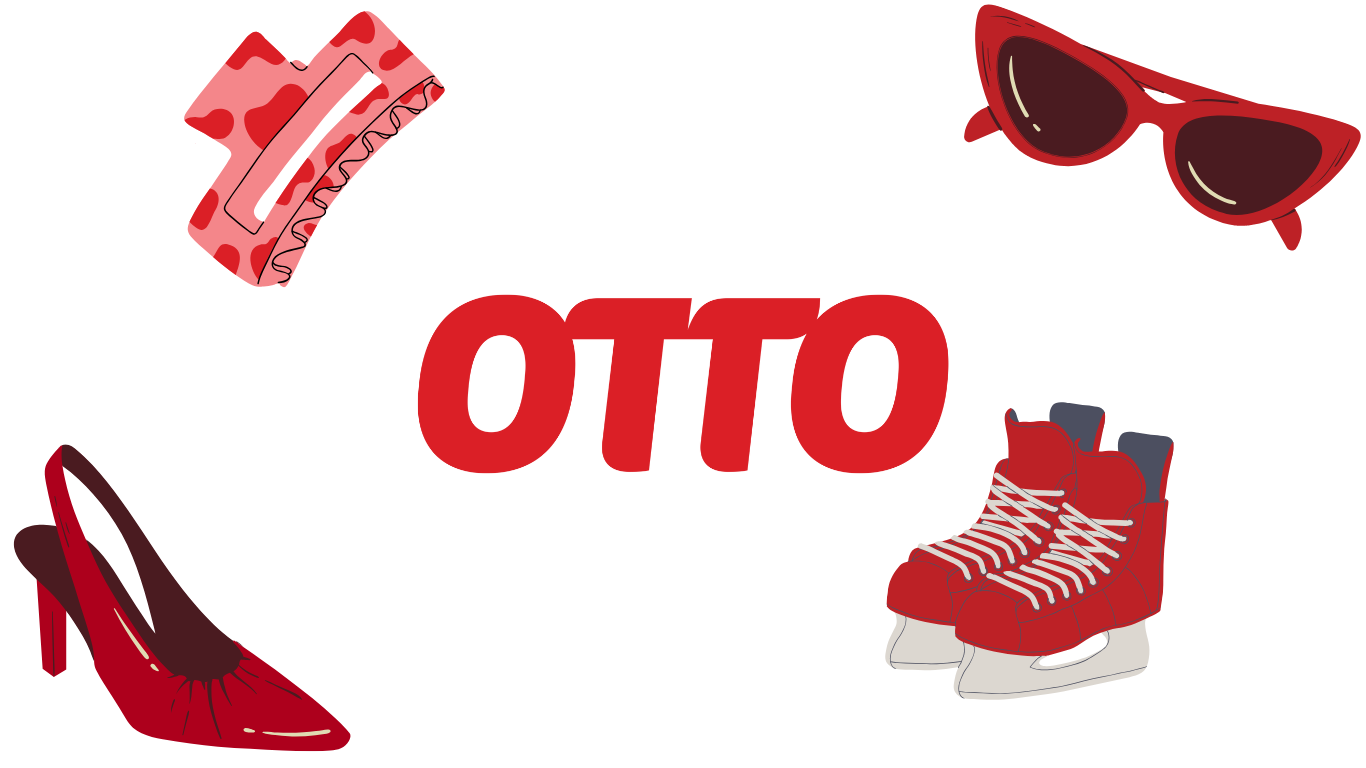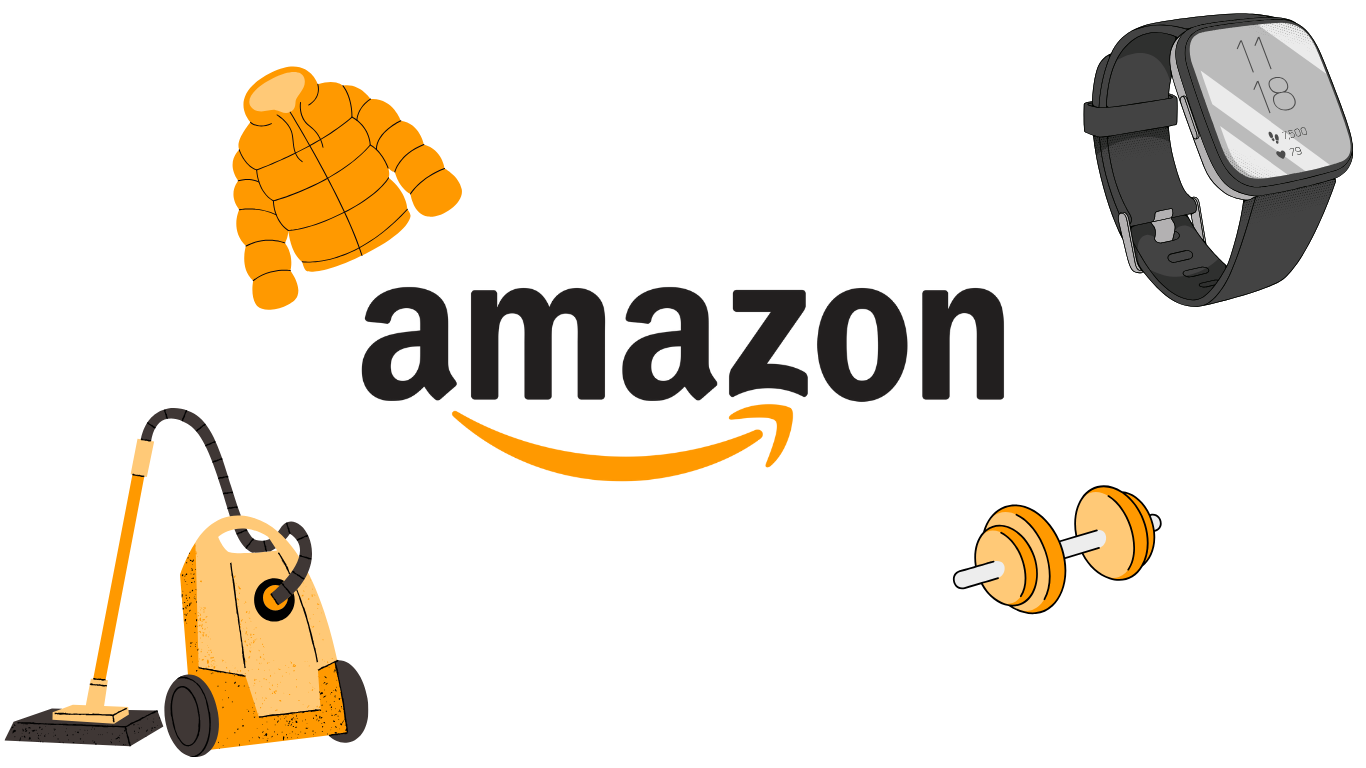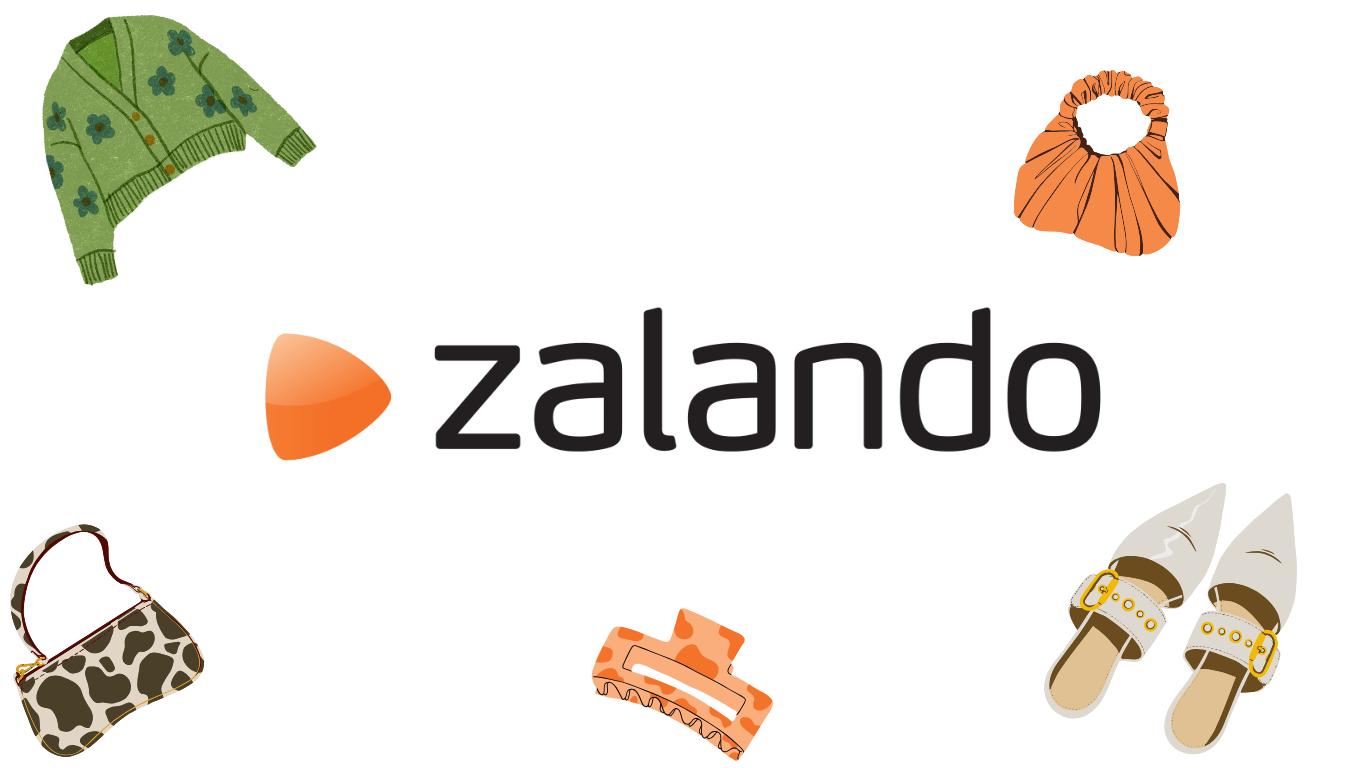Did you find a rare pair of sneakers in a thrift store? Did you just spot a pair of used Oran Hermès sandals for a third cheaper price? Do you have a wedding around the corner and no heels to wear? Buying second-hand shoes is tempting. With the impact of fast fashion on the environment and the growing awareness of sustainability, finding sustainable footwear and used shoes have become more and more popular. The idea of buying pre-owned shoes not only helps in reducing our carbon footprint but also saves us some money. However, while it may seem like a great idea to save money and help the planet, you might ask yourself: is it really safe to buy second-hand shoes?
Is wearing second-hand shoes hygienic?
When it comes to buying second-hand, the first concern that might come to your mind regarding footwear is hygiene. Many consumers wonder if wearing shoes that have been worn by others can lead to fungal infections or other foot problems. While it is true that shoes can harbor bacteria and fungi, the risk of getting an infection from wearing second-hand shoes is relatively low. A moist environment is required for fungal infections to grow: if the previous owner kept the shoes dry and wore socks, the risk of getting an infection is minimal.
However, it is important to stay cautious when buying second-hand shoes. It is recommended to buy shoes that are in good condition and have been well-maintained. It is also advisable to wash or disinfect the shoes before wearing them. Leather shoes can be cleaned with a cloth moistened with 90% alcohol or acetone, while shoes made of other materials, such as suede or canvas, can be cleaned with water and Marseille soap.

What to take into account for preserving your feet’s health?
Apart from hygiene, people might be reluctant about other health concerns associated with wearing second-hand shoes. Shoes that have been worn for some time by someone else may have been shaped to fit their feet. This can lead to foot problems such as blisters, calluses, and corns. In addition, shoes that have been worn for a long time may be damaged or deformed. This can affect the way you walk and lead to pain in your feet, ankles, knees, hips, and back.
To avoid any issues, it is important to check the condition of the shoes before buying them. This might be trickier online, but read the description carefully, and feel free to request extra pictures or videos. Looking at the sole of the shoe is a great way to confirm or disconfirm the condition of the shoe. Indeed, it shows the wear and tear of the previous owner’s walking pattern, but it is also important to check the overall shape of the shoe. Quick tip if you shop it in-store: you can grab the counter of the shoe, lift it, and then drop it to check if the shoe is stable. If it falls back on itself without shaking, it is stable. If it rocks from side to side, it means that the sole is not flat, and the shoe is not appropriate.
Is it safe for children to wear second-hand shoes?
Children’s feet are still developing, and it is essential that they wear shoes that fit properly to prevent walking pathologies. Therefore, it is not recommended for kids to wear used shoes, especially if they have been worn by another child before. Even siblings may have different foot shapes and sizes, and it is important to ensure that each child has shoes that fit their feet properly.

When should you buy second-hand shoes?
Here are some tips and aspects to consider to find the perfect fit.
1. Measure your feet
To determine the correct size, measure your feet, especially as they can vary between brands, styles, and continents.
2. Ensure state of wear
Then, ensure that the shoes have been lightly worn and show no significant wear on the outsole and heel. If possible, do not forget to check the condition of the insole, as it impacts your well-being inside it. Although it’s recommended that you replace it regardless.
If these criteria are met, then go ahead and congrats on acquiring the pair of your dreams! However, if you feel any discomfort or have to adjust your walking style, it’s best not to wear them anymore. This is especially important for walking shoes or sneakers. Sandals and ankle boots, on the other hand, are less impacted by the shape of previous wearers‘ feet.
You just bought a pair of shoes online, but they do not fit?
Shoes are one of those accessories where shopping online can be a bit trickier than going in person. Of course, you can always return them if it’s not a match, but why go through this type of hassle? Moreover, why maximize the environmental cost of your online shopping when you can empower the circular economy? If you feel pain or discomfort after just a few steps, it is better to get rid of them in a sustainable way. You can resell them on an online marketplace like Vinted or give them away on GIFTD, an app that enables people to gift their clothes and reduce their clothing waste.
Conclusion
If you happen to fall in love with a second-hand pair of shoes, buy them if they pass your quality check. If they appear to require some attention and dedicated care, do not despair, as there are ways to revive them. You can make use of arch support products or heat-molding insoles to provide additional support and structure to the shoes, thereby improving their comfort. Do not worry if the shoes have an unpleasant smell. There are numerous sprays and cleaners that can help reduce the unpleasant smell, restoring them to a more suitable condition.
Download Faircado to find your second-hand pair of shoes or read our magazine to find sustainable shoe inspiration. Let’s make online shopping more sustainable and environment-friendly.









